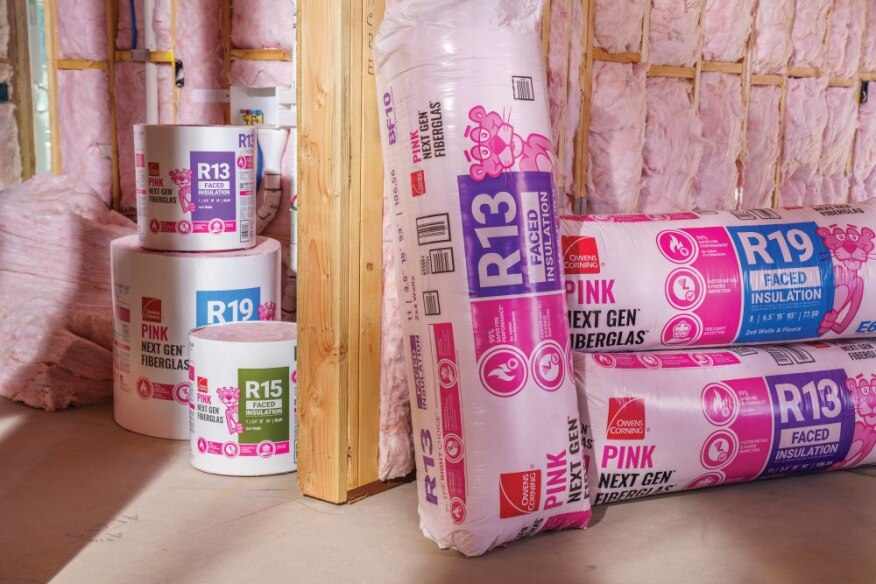
It’s no secret that a well-insulated home is a more energy-efficient home. But when it comes to insulation, most people focus on the walls and floors and forget about another key area: the roof. In fact, according to the U.S. Department of Energy, your roof can account for up to 40% of your home’s heat loss in the winter and up to 70% of its heat gain in the summer. So if you’re looking to improve your home’s energy efficiency, you need to start at the top—literally. Here are four ways to better insulate your roof.
Inspect for Air Leaks
1. Check for air leaks. First things first: before you can insulate your roof, you need to make sure it’s not losing heat (or cool air in the summer) due to air leaks. The easiest way to do this is to go into your attic on a cold day and see if you can feel any drafts coming through. If you do, use caulk or weatherstripping to seal the leak. You can also have a professional come and perform an energy audit of your home to identify any other areas where air is leaking out.
Do You Need New or More Insulation
2. Add more insulation. Once you’ve sealed up any air leaks, it’s time to add more insulation to your attic floor—the level between the living space below and the roof above. This is usually done with fiberglass batts or rolls, loose-fill cellulose, or spray foam insulation. How much insulation you’ll need depends on a number of factors, including the climate you live in, the type of heating and cooling system you have, and whether or not your attic is vented.
3. Consider radiant barrier insulation. If you live in a hot climate, you may want to consider radiant barrier insulation for your attic floor. Radiant barrier insulation is a type of reflective insulation that helps reflect heat away from your home, keeping it cooler in the summertime. It’s usually made from foil-faced kraft paper, cardboard, or plastic films—and it can be applied directly to the underside of your roof decking or over existing attic insulation.
Do You Need More or Less Ventilation
4- Improve attic ventilation. Adequate ventilation is key to keeping your attic cool in the summer and preventing heat build-up that can damage your roof over time . There are two types of ventilation : natural ventilation , which relies on wind flow , and mechanical ventilation , which uses fans . The type of system you have will depend on the size and layout of your attic , as well as local building codes . But regardless of which type of system you have , make sure it’s working properly by checking vents regularly for blockages (like leaves or snow) .
Conclusion
A well-insulated home is a more energy-efficient home, so if you’re looking to improve your home’s energy efficiency, start at the top—literally! Check for air leaks and add more insulation to your attic floor; consider radiant barrier insulation; and make sure your attic ventilation system is working properly by checking vents regularly for blockages (like leaves or snow). By following these four tips, you can keep your home comfortable all year round—and save money on energy bills in the process!




